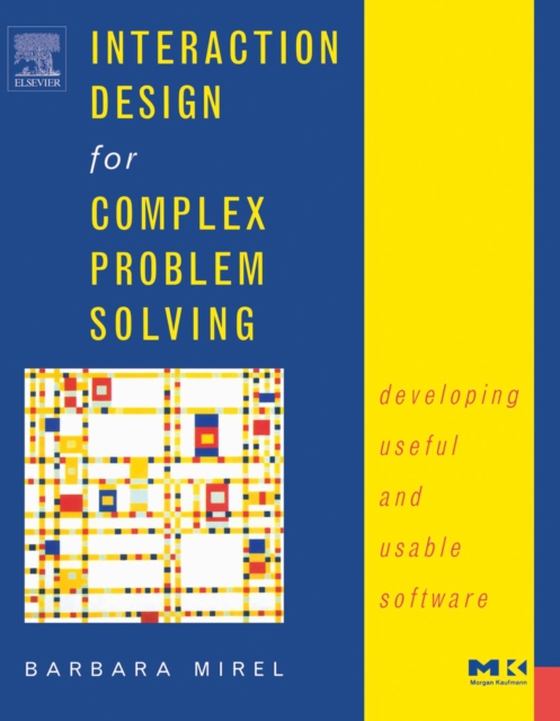
Interaction Design for Complex Problem Solving e-bog
329,95 DKK
(inkl. moms 412,44 DKK)
Software for complex problem solving can dazzle people with advanced features and alluring visuals, but when actually put to use it often disappoints and even frustrates users. This software rarely follows the user's own work methods, nor does it give people the degree of control and choice that they truly need.This book presents a groundbreaking approach to interaction design for complex prob...
E-bog
329,95 DKK
Forlag
Morgan Kaufmann
Udgivet
19 november 2003
Længde
395 sider
Genrer
UYZ
Sprog
English
Format
pdf
Beskyttelse
LCP
ISBN
9780080508955
Software for complex problem solving can dazzle people with advanced features and alluring visuals, but when actually put to use it often disappoints and even frustrates users. This software rarely follows the user's own work methods, nor does it give people the degree of control and choice that they truly need.This book presents a groundbreaking approach to interaction design for complex problem solving applications. The author uses her vast field experience to present a new way of looking at the whole process, and treats complex problem solving software and web applications as a distinct class with its own set of usefulness demands and design criteria. This approach highlights integrated interactions rather than discrete actions, clearly defines what makes problem solving complex, and explores strategies for analyzing, modeling, and designing for exploratory inquiries.*In depth case studies ranging from IT troubleshooting to marketing analysis to risk assessments in healthcare show exactly where and what goes wrong in real world activities and how to improve them.*Presents a system and framework for analyzing complex work and takes the mystery out of eliciting patterns of work and their meanings.*Offers new perspectives for support and new design strategies for building the right models into programs so that they effectively address users' dynamic work. *Allows designers to turn findings into useful designs for problems that require users to create new knowledge but with no one right answer and with many methods of reaching solutions.
 Dansk
Dansk

